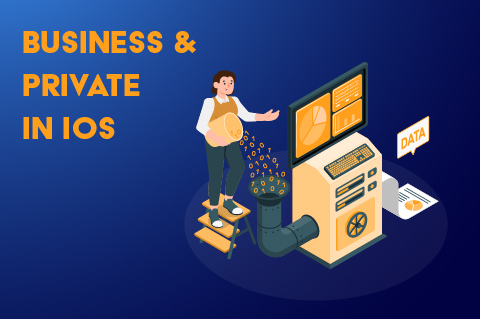Mobile Device Management (MDM) and Global Positioning Systems (GPS) have become increasingly important in today's technology-driven world. With the rapid growth of mobile devices, businesses and organizations need to be able to manage and secure these devices effectively. GPS, on the other hand, plays a crucial role in tracking and location-based services, making it a valuable tool in various industries. But what’s the deal with using two services with such powerful features together?
Knowledge: What are MDM and GPS?
MDM (Mobile Device Management) is a technology that helps organizations to manage and secure the use of mobile devices in the workplace. GPS is a network of satellites that provides location and time information in all weather conditions, anywhere on or near the Earth. The use of MDM and GPS in the workplace is becoming increasingly popular as organizations seek to increase productivity and efficiency, and to ensure data security. However, there are regulations and guidelines in place that dictate when and how these technologies can be used.
When it comes to MDM, it's important to understand that employees have a right to privacy. The use of MDM should not infringe on employees’ personal rights or compromise sensitive information. Companies must therefore make sure that they have the necessary policies and procedures in place to govern the use of MDM. GPS, on the other hand, can be used to track the location of employees or company vehicles, but again, there are regulations to consider. For example, some countries have strict laws regarding the collection and use of GPS data, and it is important to ensure that these laws are not violated.
So, when is it allowed to use MDM and GPS? Generally, it is allowed if employees are informed and consent to the use of these technologies. Employers must adhere to various laws when it comes to GPS monitoring. It's important to check with local laws and regulations before implementing a GPS monitoring program. In the United States, the Fourth Amendment to the U.S. Constitution prohibits unreasonable searches and seizures, which can include tracking employees without their consent. Some states have their own laws that provide additional protections for employees. Employers should have clear policies in place for GPS tracking and obtain written consent from employees before implementing a GPS monitoring program.
In Germany, GPS tracking is quite a hot topic as well: many companies, for example in the logistics sector, actually need to implement some kind of GPS tracking in order to keep track of the routes of the drivers. There are different laws that might work as a basis to implement GPS tracking safely. One can be a clause in the work contract that states that the job cannot be executed without GPS. In any case, the GPS tracking mustn’t be used as a means to evaluate the employees and always needs to be transparent.




